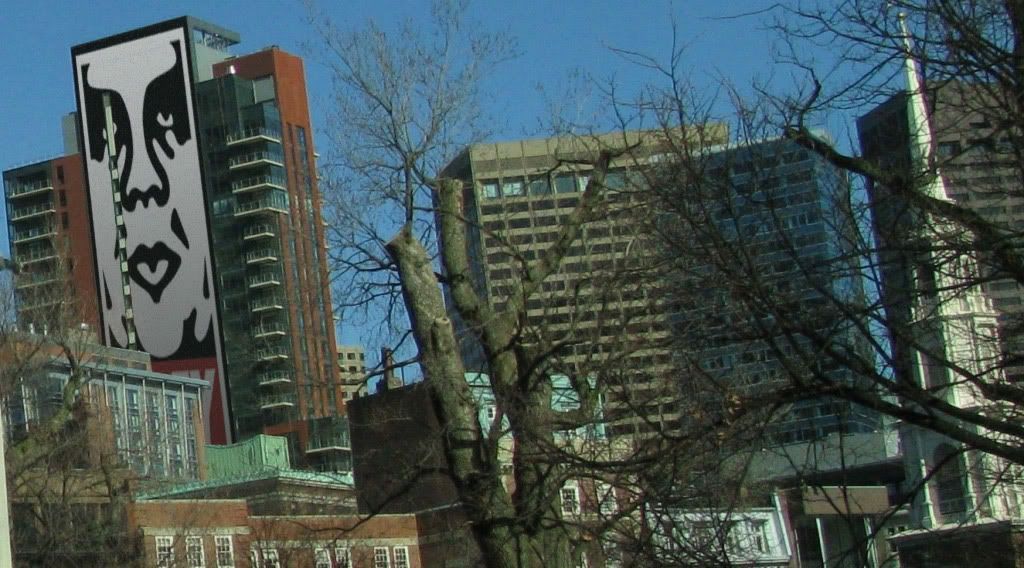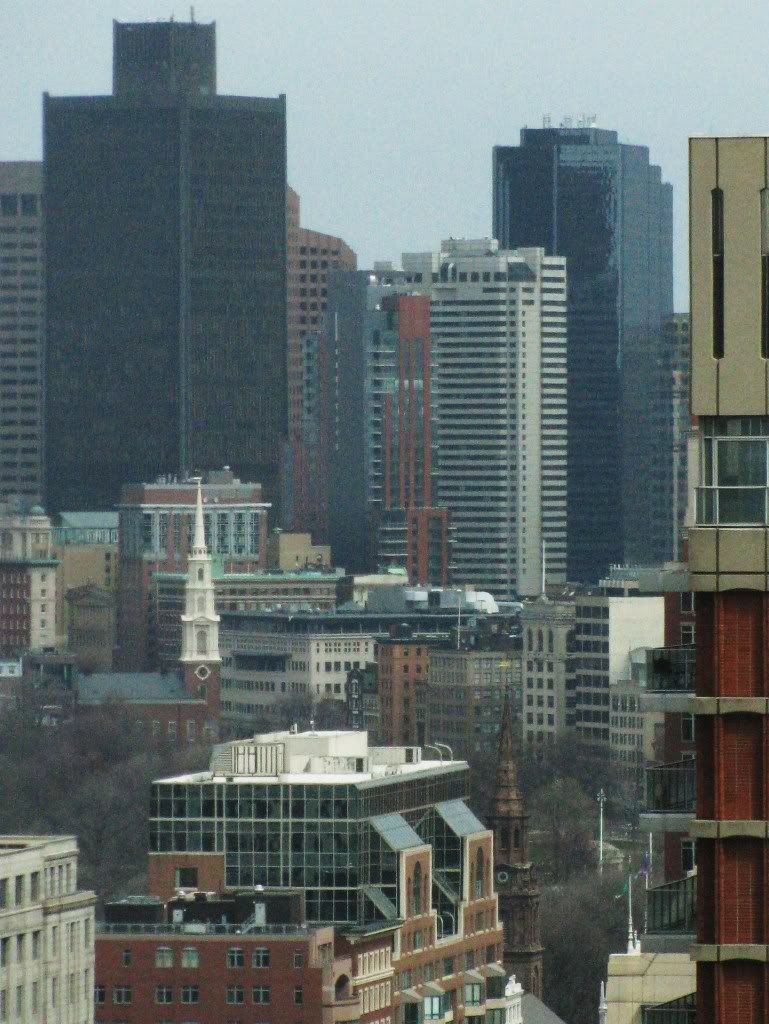By Andrew Ryan, Globe Staff
The rawhide hammer and rubber mallet reverberated yesterday in the crooked alley downtown, the sound of thwap, thwap, thwap ricocheting off the narrow walls. The simple noise of hard, hand-labor fit the job: repaving a Colonial-era lane with 10- to 15- pound granite cobblestones.
Chapman Place runs for a block, hidden in the steam exhaust and shadows of the Omni Parker House and a new 32-story luxury condominium high rise at 45 Province St. With the condos nearly complete, the developer restored the old, tar-covered cobblestones dug out during construction. That meant a crew from Heritage Restoration spent the last two weeks laying the block of cobblestones ? some 9,000 in an alley barely 10 feet wide.
?Delivery men hate it. Plows hate it. But it sure looks nice,? said John Fontana, marveling at the workmanship on a break from the Omni Parker House. ?It would have taken just 10 minutes if they were tarring it.?
Restoration projects such as Chapman Place ?pay homage to a unique aspect of the city?s history,? said Sarah Kelly, executive director of the Boston Preservation Alliance. ?Cobblestone streets are certainly not usual to find.?
No one ever bothered, however, to invent an automated cobblestoner, so much of the work is done on bended knees, with each thwap pounding a stone into a layer of sand. Out on School Street, the old world thumps disappeared among the honking taxis and the rumble of a passing Duck Boat.
A forklift delivered another pallet stacked with cobblestones. A diamond-tipped, 12-inch wet saw cut pieces to fit around a manhole. The other tools were decidedly low-tech: rakes, straight shovels, a mason?s trowel, and a broom to sweep sand and concrete dust between the cracks. Does laying cobblestones give a modern artisan a sort of Colonial satisfaction?
?No. Too heavy,? said worker Steve Netto, stopping to wipe sweat from beneath his hard hat. ?Let?s put it this way. There?s a reason they don?t use these anymore.?




